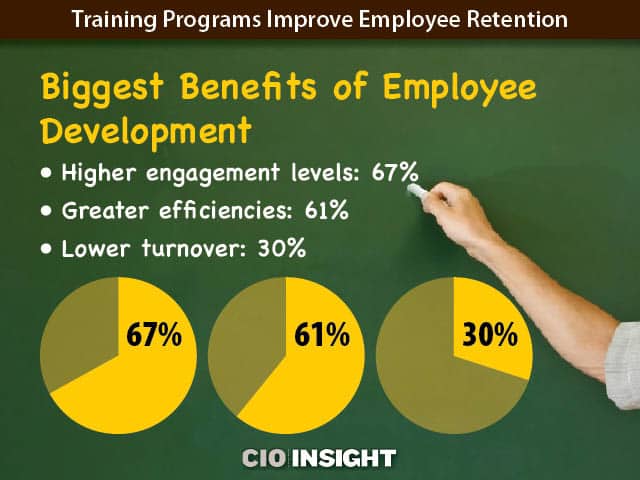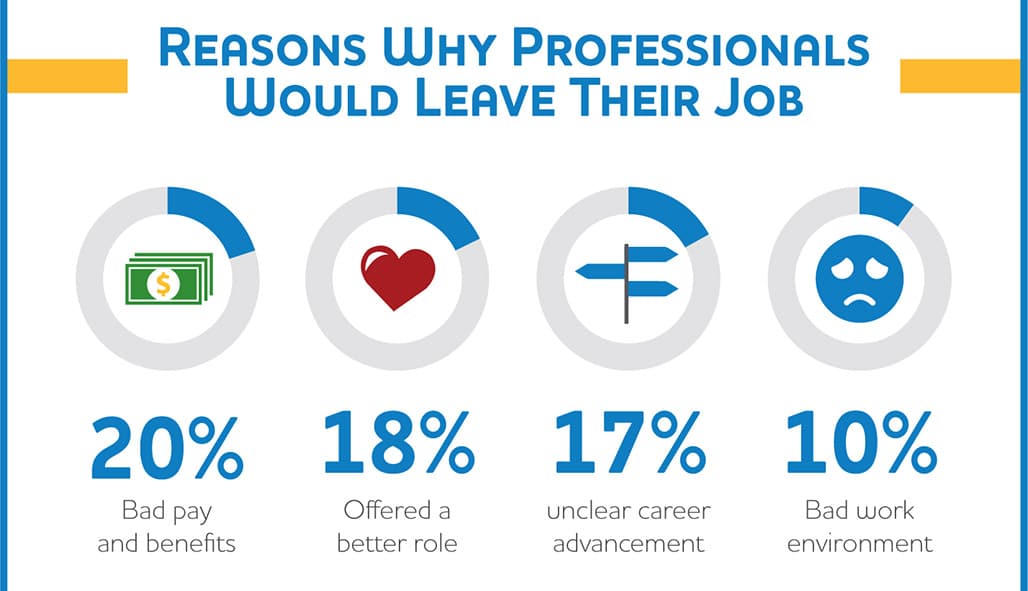05 December 2016
12 Min Read

One facet of resource management is effective resource scheduling, which can be a complicated task. Efficient resource scheduling means utilizing the best available resources by assigning the right work to the right person at the right time to make your workforce more powerful. It ensures efficient and effective utilization of human talent to achieve organizational goals with economical advantage in mind.
First of all.
The tasks of the project need to be planned, followed by allocation of the resources by considering staff members’ qualifications and the activities, remembering to schedule around other projects and commitments. In firms with large scale or international projects that are running multiple tasks and projects concurrently, source management would include allocating the right accessible resources for the particular jobs among the various jobs or business units.
It is essential to be able to consistently share updated information through different portions and departments of the business. There are several advantages of resource planning and scheduling. Resource planning and scheduling leads to improvement of systems which will make jobs simpler. It can make the business more efficient by tailoring conventional work practices to better fit the company.
Resource scheduling ensures successful and effective use of human talent to achieve organizational goals, and it allows companies to meet due dates, in addition to safeguarding profitableness. This meets the customer’s goal, which is great quality merchandise delivered on time and within budget. A satisfied customer results in a great brand image.
Resource scheduling can help to maintain employee harmony at work. Employees seek an improved standard of living, which might mean less time spent at work, with more free time to enjoy their hobbies and more time with their families.
Whereas, companies seek high employee efficiency, reduced absenteeism, and preservation of talent. A good resource schedule that has a definable work flow is seen by the employee as a necessary part of business management associated with business objectives, and is therefore treated with respect.
It doesn’t invite ad hoc changes, and isn’t perceived as being arbitrary. A good schedule leads to confidence and trust among the workers. Trust offers the basis for a positive work culture, which in turn motivates employees to work harder to achieve efficiency improvements, leading to the fundamental objective of achieving profitability in the company.
Preparing a great source schedule on your own is a difficult job because there are so many variables to be taken into account. Scheduling software overcomes the obstacles of manual scheduling, meets the requirements of the managers and team, and is versatile and robust. It’s simple to use and operationally proven by various businesses. It’s well supported via help desk assistance and maintenance releases will continue to update and improve the software to insure user confidence.
Training is very crucial in preparing new workers to do their jobs and enabling existing workers to remain up to date on essential capabilities and information. A training program requires a particular purpose and appropriate training techniques. Understanding the factors that influence training programs allows administration to develop or change current employee instruction so that it better suits the needs of the company.
The target or purpose of the training is an integral factor in planning and performance. A way to measure what employees have learned and new skills they have developed is essential to the development of a training program to make sure it covers the material in a way that is beneficial.
The range of the training will even affect whether the training will be handled internally or if workers will be sent to offsite training like universities, colleges, or training companies. Typical types of training include orientation training for new workers, business policies, general problems, safety, and job specific skills.
The kind and depth of the training will be influenced by the resources which can be found for the organization, as well as the intended audience, which can include the whole organization or only employees in particular areas. If a business wants to develop an entire training program, then it should consider both new hire and continuing instruction training.

The new hire training should include a summary of job expectations and the performance skills required to do the job. The more background information that a brand new employee has on how her or his work group interrelates with other divisions, the more the new employee may recognize her or his impact on the organization.
A good new hire training curriculum begins with the development of a worker training manual in both on-line and hardcopy formats. New hire training can lead to on the job training, where a brand new worker trains under a veteran worker. This kind of training allows the new worker to directly see the different elements of her or his position.
It also allows the new worker to develop a working partnership with another employee. This ongoing training also supports concepts which were learned in the initial training. Continuing education is as essential as new hire training. New workers only retain about 40 percent of the information learned in the first training sessions.
Ongoing training should keep all workers current about guidelines, procedures, and the technology that’s utilized in each work group. There are various steps that may be taken to ensure the development of a quality worker training program. The initial step is to determine the goals of the training program.
Employee Career Path

Career mapping, or career pathing, is an effective way to improve employee retention and grow IT skills organically. Often times workers leave the job because there is no clear way for them to advance or they’re uncertain about how to be promoted to the position they desire.
Career mapping provides companies and employees with a definite map that outlines what it takes for workers to move beyond their present position to where they might like to be. CIO.com interviewed business experts to discover how career mapping may add value to your business and keep your workers satisfied at the same time.
It isn’t simple, warns Mickey Mantle, co-author of the new book, Managing the Unmanageable: Rules, Tools, and Insights for Managing Software People and Teams, but it is worth the effort and time. From an employer’s point of view, career mapping is a way for businesses to internally develop the abilities needed to attain future business goals and, on the way, it gives the company advantages indifferent ways as well. It shows workers how they can advance in any given business. It is crucial for technology employees to have a vision of where they’re going and what they actually need to do to arrive there.
Consider it the lattice work of progress that the company represents. Let us say you are new to a business and only starting out in technical support. Things are seldom that cut and dried in operation, but with career mapping they are.
It is way for employees to define the steps needed to get from job A to job B, and it is a way for companies to grow their very own talent in house. Hurst has worked in IT as well as finance employment for more than 20 years.

Career mapping, he says, contains other items as well like an abilities analysis and a plan to fill the talent gaps. Below is an excerpt of a basic livelihood map from the book, Managing the Unmanageable: Rules, Tools, and Insights for Managing Software People and Teams.
Organizations need to determine the core functions and levels within their business, and after that, set the requirements for what it takes to advance to these levels. Bigger organizations have a tendency to gain the most from this method since there are more positions and places for individuals to move.
Do you know exactly what the biggest asset is in your business? You may answer that it’s your business IP or the business’ commitment to client support. Maybe you believe that it’s someplace in your physical strength base or the value in the pension plan.
You may think your business’ biggest asset is any one of these things, but the fact is that your biggest asset is your workers. It is essential to hire the right people, but it is another matter entirely to understand the constitutional value of your employee base and take advantage of that unique chance for growth in your business.
Whenever you create employee career development plans, you build trust with your workers that help them to buy-in to your business goals and mission since they feel more like an essential part of your larger plan. Get clear about the positions needed to fill your employee ranks.
Among the best techniques for understanding the organizational needs of your business, is to create an organizational chart of every position and define the functions of each, including the settlement plans for each position. Even if you’re only a little Mom and Pop operation right now, you’ll find many distinct responsibilities and positions that must be managed in the business.
Making that organizational chart and defining the positions will help you understand the immediate needs of one’s business, and provide a glimpse at the areas which will scale the fastest, so that you can begin planning on career advancement opportunities for the employees.
Develop Possible Career Maps – once you’ve created your organizational chart, start mapping out possible career paths for every position.
RELATED RESOURCES



